The plank is a highly effective exercise for building core strength, stability, and endurance. It engages multiple muscle groups, including the abdominals, back, shoulders, and legs. To maximize the benefits and prevent injury, it’s essential to perform the plank with proper form. Here’s a comprehensive guide on how to do plank exercises correctly:
Preparation and Setup for plank exercise
1. Find a Suitable Surface:
– Choose a flat, stable surface like a mat or the floor to perform your planks.
2. Warm Up:
• Warm up with light cardio or dynamic stretches for 5-10 minutes to prepare your muscles and joints.
Basic Forearm Plank exercise
1. Starting Position:
– Begin by lying face down on the mat.
– Place your forearms on the ground with your elbows directly beneath your shoulders.
– Your forearms should be parallel to each other, with hands flat on the floor or fists clenched.
– Extend your legs straight back, with your toes tucked under and feet hip-width apart.
2. Engage Core and Lift:
– Engage your core muscles by drawing your navel towards your spine.
– Lift your body off the ground, creating a straight line from your head to your heels.
– Ensure your hips are not sagging or piking up; maintain a neutral spine.
3. Hold the Position:
– Hold this position for as long as you can while maintaining proper form.
– Keep your head in a neutral position by looking slightly ahead of you, not down.
– Breathe steadily throughout the hold.
Tips for Proper Form
– Body Alignment: Ensure your body forms a straight line from head to heels. Avoid letting your hips drop or rise too high.
– Elbow and Shoulder Alignment: Keep your elbows directly under your shoulders to avoid unnecessary strain on your shoulders.
– Core Engagement: Actively engage your core muscles to support your lower back and maintain stability.
– Breathing: Breathe steadily and avoid holding your breath.
Modifications and Variations
1. Knee Plank:
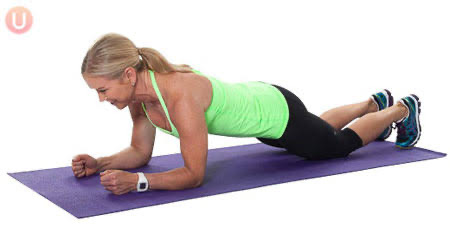
– If the standard plank is too challenging, start with a knee plank.
-Perform the same steps as the forearm plank but keep your knees on the ground.
– Ensure your body forms a straight line from head to knees.
2. High Plank (Straight Arm Plank):
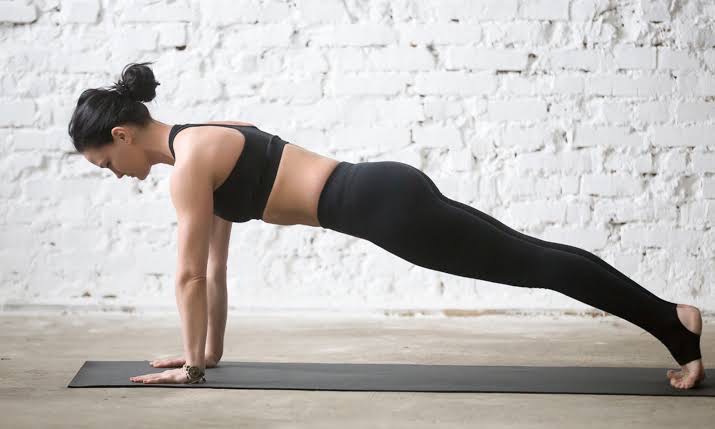
– Begin in a push-up position with your hands directly under your shoulders.
– Extend your legs back, keeping your body in a straight line.
– Engage your core and hold the position.
3. Side Plank:
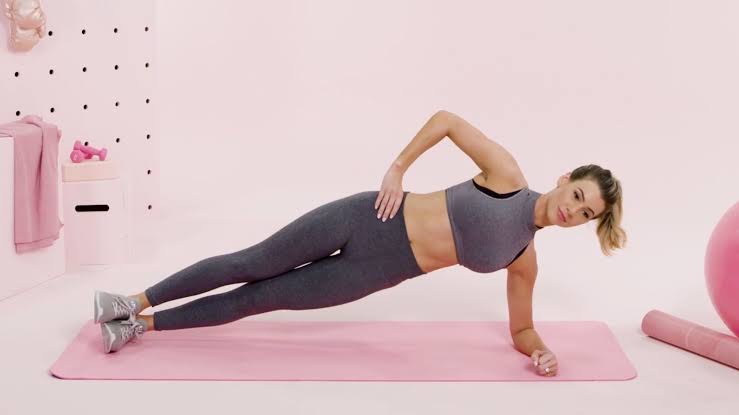
– Lie on your side with your legs extended.
– Prop yourself up on one forearm, with your elbow directly under your shoulder.
– Stack your feet on top of each other and lift your hips to form a straight line from head to feet.
– Hold the position and then switch sides.
4. Plank with Leg Lift:
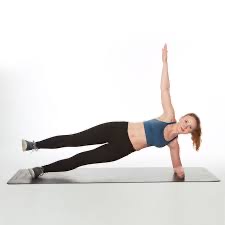
– Start in a standard forearm or high plank position.
– Lift one leg off the ground, keeping it straight and in line with your body.
– Hold for a few seconds, then switch legs.
5. Plank with Arm Lift:
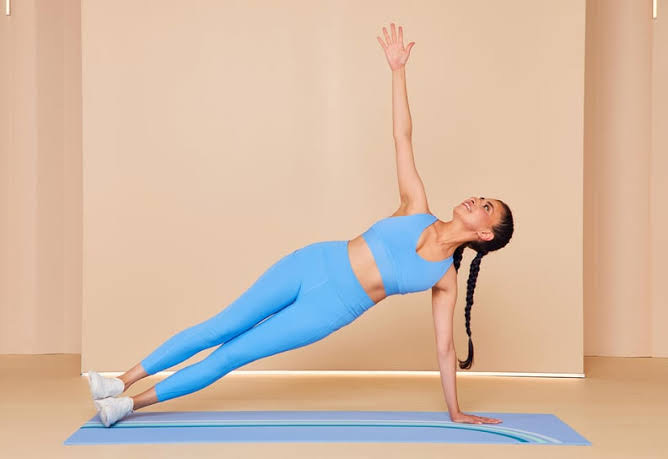
– Begin in a high plank position.
– Lift one arm off the ground and extend it straight in front of you.
– Hold for a few seconds, then switch arms.
6. Plank to Push-Up:
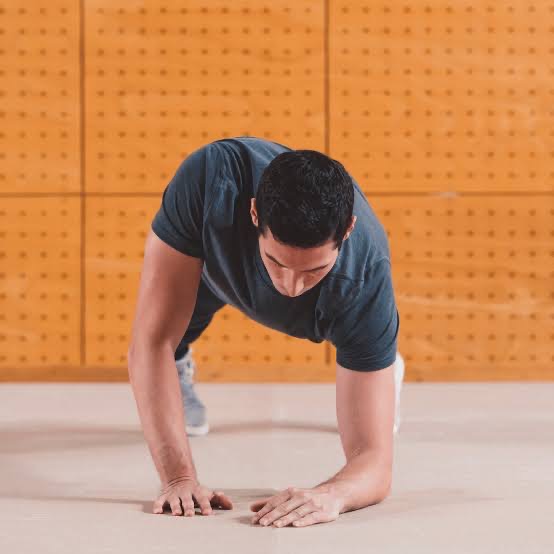
-Start in a forearm plank.
– Transition to a high plank by pushing up onto one hand, then the other.
– Lower back down to the forearms, alternating which hand you lift first.
Progression
– Increase Duration: Gradually increase the time you hold the plank as your strength and endurance improve.
– Add Variations: Incorporate different plank variations to challenge your muscles and prevent boredom.
– Increase Intensity: Once you can hold a plank with proper form for over a minute, consider adding resistance by wearing a weighted vest or using resistance bands.
Plank exercises are a versatile and effective way to build core strength and stability. By following the proper form and incorporating variations and progressions, you can maximize the benefits of your plank routine. Always listen to your body and avoid pushing through pain to prevent injury. With consistency and dedication, planks can be a valuable addition to your fitness regimen.
Pingback: How to Do Pushups Correctly - SimplExplainer
Pingback: Tips for Pushups - SimplExplainer